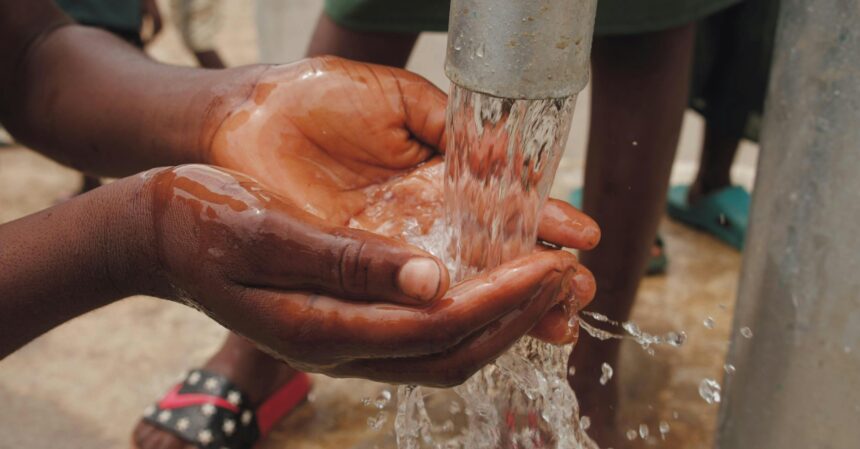More than 1,650 residents of Kisangiro and nearby hamlets—Stesheni, Mforo and Kichwang’ombe in Mwanga District, Kilimanjaro Region—are set to benefit from a new water project designed to end decades of scarcity.
The initiative, known as the Kisangiro Water Project, is an extension of the larger Same–Mwanga–Korogwe scheme, completed in June 2024, and is being implemented by the Same Mwanga Water and Sanitation Authority (SAMWASA). The extension will deliver safe, reliable water directly to households and through newly constructed public kiosks.
Until now, villagers relied on a single kiosk six kilometres away or resorted to unsafe sources like seasonal streams and shallow wells producing only 40,000 litres a day. By contrast, the area requires about 148,500 litres daily.
SAMWASA Managing Director, Eng. Rashid Mwinyimvua, said the current phase involves laying 2.3 kilometres of pipelines, connecting 30 households, and building five kiosks where residents can fetch a 20-litre bucket for 20/-. “We’ve completed 54.5% of the work and expect full completion by October 2025,” he said.
The 37.5m/- project is co-funded by the Evangelical Lutheran Church of Tanzania (Mwanga Diocese), which contributed 25.7m/- for pipes and fittings. SAMWASA provided 6m/-, while residents added labour and trench-digging worth 5.7m/-.
Once complete, the project will ease access to clean water, reduce disease risks, cut long walking distances—particularly for women and children—and support new social and economic opportunities.
Mwanga District Commissioner Rukia Zuberi urged residents to protect the infrastructure: “This is a valuable contribution from government and partners. Safeguard it by paying bills on time and reporting leaks or vandalism,” she said.
Villagers expressed relief. Khadija Msangi recalled using ashes to make dirty stream water drinkable, while Mohammed Msangi said shortages date back to 1979. “I thank the Evangelical Lutheran Church and the government for finally bringing us this essential service,” he noted.


